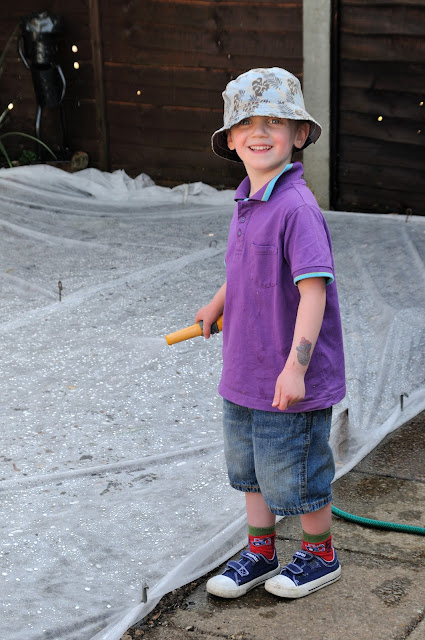In our village we have an old mill, complete with wheel and obviously a river running past complete with mill pond. This is an ideal spot it seems for a pair of Gray Wagtails who nest here, and who I have seen flitting about frequently, but never photographed. Today that changed, as one of them obliged by posing so close to me! First on the bridge near the path and then went hunting just below me in the river.
The grey wagtail is more colourful than its name suggests with slate grey upper parts and distinctive lemon yellow under-tail. Its tail is noticeably longer than those of pied and yellow wagtails. They have gradually increased their range in the past 150 years and in the UK have expanded into the English lowlands from the northern and western uplands.
I was so pleased as I see them so frequently, but never too close.
What have I caught here?
Meanwhile, on the roof of the church, a Kestrel examines his proposed nesting site.
And then checks the view from the top.
Please be careful and don't fall in, as I have just washed those feathers.
Female Orange Tip butterfly
Male Banded Demoiselle
Female Banded Demoiselle
It is really amazing what you can see around you on a simple stroll. Such beauty and wonder - and so easily missed!


























































